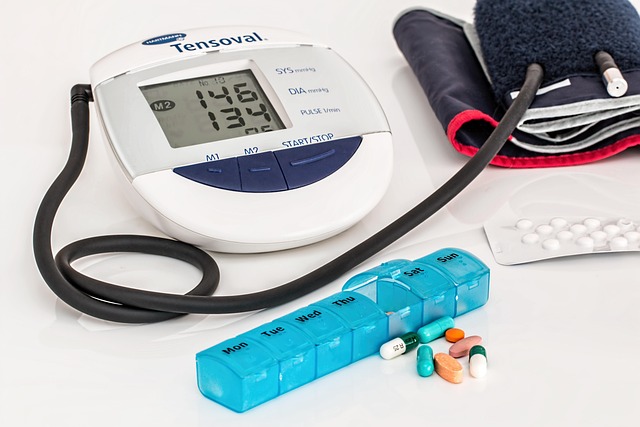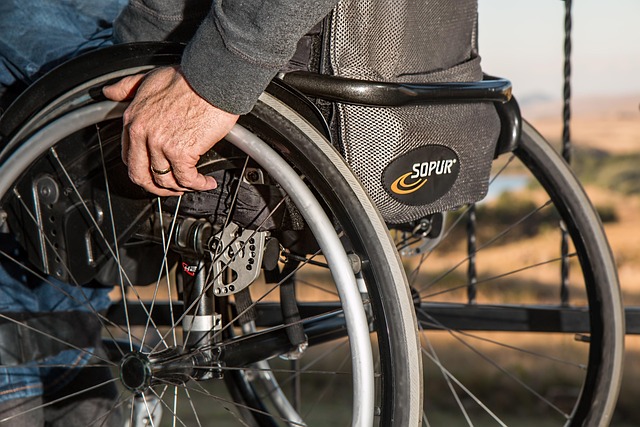Revolutionizing Health: Wireless Patient Sensors Lead Technological and Health Innovations
The landscape of healthcare is rapidly evolving, with innovations transforming how we monitor and manage health. At the forefront of this transformation are wireless patient sensors, devices that offer unprecedented opportunities for enhancing patient care and health management.
Technological Innovations
With the advent of wireless patient sensors, the healthcare industry is experiencing a technological revolution. These sensors utilize advanced technologies to collect and transmit vital health data in real-time, providing both patients and healthcare professionals with a wealth of information at their fingertips. Imagine having the ability to monitor your heart rate, blood pressure, or glucose levels from the comfort of your home, allowing for timely interventions and personalized care adjustments.
The integration of IoT (Internet of Things) within healthcare systems has significantly boosted the capabilities of wireless patient sensors. These devices can communicate with other smart devices and healthcare platforms, facilitating seamless data exchange and enhancing the overall efficiency of health monitoring. This is especially beneficial for chronic disease management, where patients can receive immediate feedback and support, significantly improving adherence to treatment plans.
Health Innovations
In addition to their technological prowess, wireless patient sensors are revolutionizing health outcomes. By enabling continuous monitoring, these devices empower patients to take an active role in managing their health. For instance, elderly patients at home can wear sensors that detect falls or irregular heart rhythms, alerting caregivers and healthcare providers instantly. This proactive approach not only enhances patient safety but also fosters a sense of independence among individuals who may otherwise feel vulnerable.
The data collected from wireless patient sensors are invaluable for researchers and healthcare professionals. By analyzing trends and patterns in health data, they can identify risk factors, tailor treatment plans, and implement preventative measures. This shift towards data-driven decision-making is leading to improved health outcomes and more personalized patient care.
Additionally, wireless patient sensors play a crucial role in easing the burden on healthcare systems. By reducing the need for frequent in-person visits, these devices help to address issues such as overcrowded hospitals and clinics, allowing healthcare providers to focus resources on those who need immediate care. This innovative approach not only saves time but also reduces costs for patients and healthcare providers alike.
As we look to the future, the potential for wireless patient sensors is immense. With ongoing advancements in technology and a growing emphasis on preventative care, the healthcare landscape will continue to evolve in ways we can only begin to imagine. The marriage of technology and health through wireless patient sensors is more than just a trend; it’s a movement towards healthier, more connected lives.




